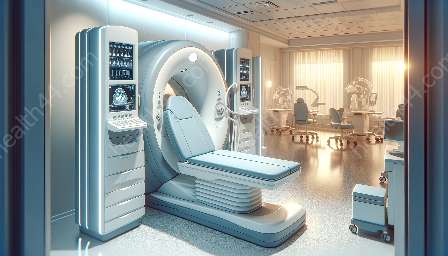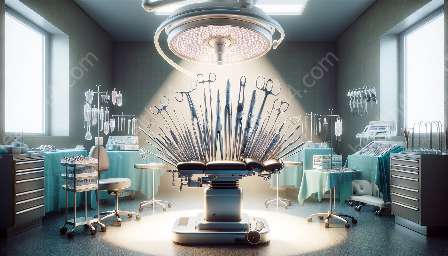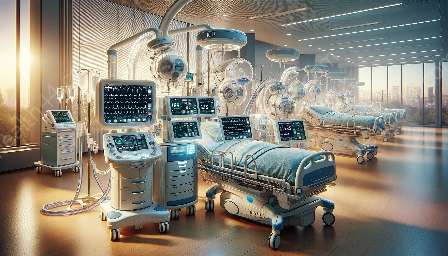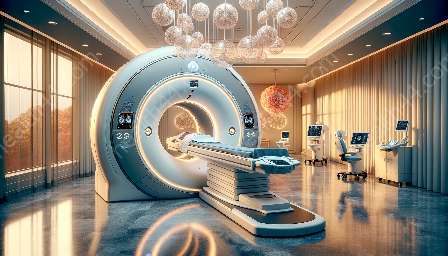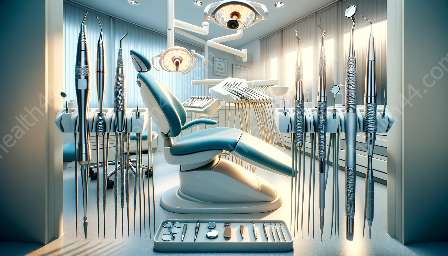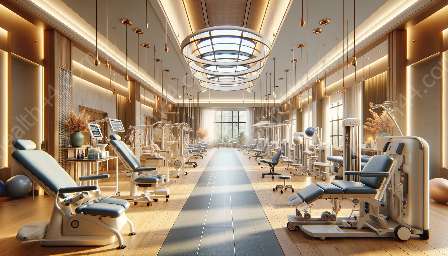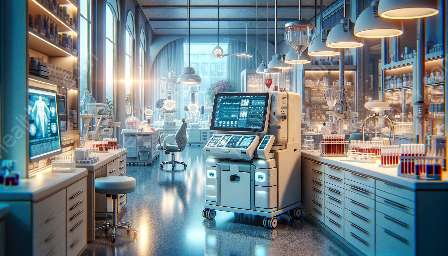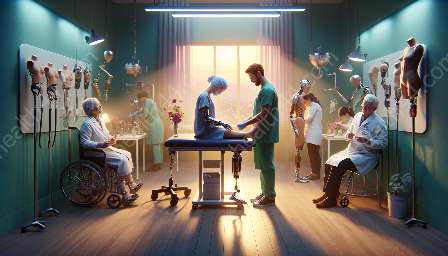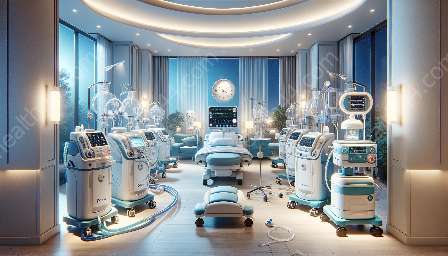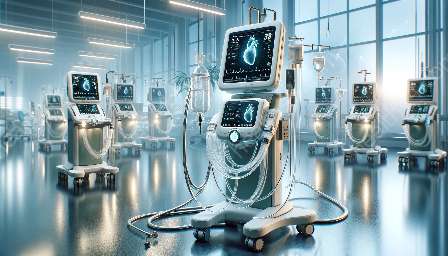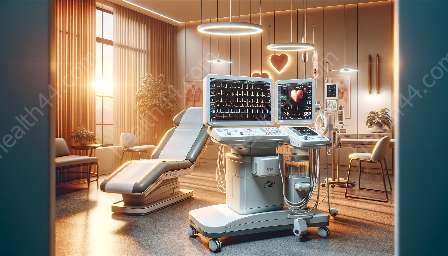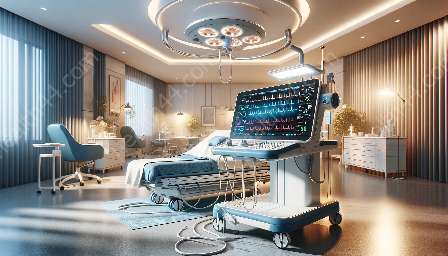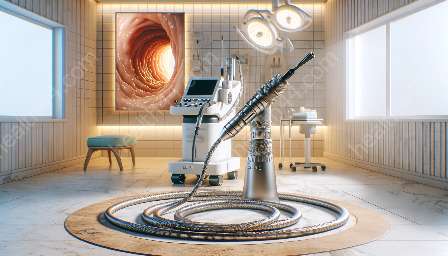Rehabilitation equipment plays a crucial role in the journey to recovery for patients undergoing medical treatment. Whether it's regaining mobility, improving strength, or restoring function, these tools and devices are paramount in aiding healthcare professionals and their patients.
Overview of Rehabilitation Equipment
Rehabilitation equipment encompasses a wide range of devices and tools designed to assist patients in regaining their physical abilities. These devices are used in various medical settings, including hospitals, rehabilitation centers, and home care environments, to aid in the recovery process after injury, surgery, or illness.
Types of Rehabilitation Equipment
1. Physical Therapy Tools: Therapeutic exercise equipment, such as resistance bands, balance boards, and therapy balls, helps in improving strength, mobility, and flexibility.
2. Assistive Devices: These include wheelchairs, walkers, canes, and crutches, which aid individuals with mobility challenges.
3. Orthotic and Prosthetic Devices: Customized braces, splints, and artificial limbs help in supporting and enhancing the function of body parts.
4. Pain Management Equipment: Devices like TENS units and hot/cold therapy systems assist in alleviating pain and promoting comfort during the rehabilitation process.
5. Rehabilitation Robotics: Advanced robotic devices and exoskeletons aid in the recovery of motor function and mobility for individuals with neurological or musculoskeletal impairments.
6. Adaptive Equipment: Equipment designed for adaptive living, such as modified utensils, dressing aids, and home modifications, helps individuals perform daily tasks independently.
Integration with Medical Devices & Equipment
Rehabilitation equipment integrates with a variety of medical devices and equipment used in healthcare settings. For instance, rehabilitation technology often interfaces with medical imaging systems to monitor the progress of a patient's rehabilitation. Additionally, the implementation of wearable health monitoring devices allows for real-time tracking of a patient's vital signs and activity levels during the rehabilitation process, providing valuable insights for healthcare providers.
Advancements in Health and Wellness
The continual advancements in rehabilitation equipment have significantly contributed to improving the overall health and wellness of individuals undergoing rehabilitation. From enhanced accuracy and precision in prosthetic devices to the development of virtual reality systems for neurorehabilitation, these innovations have revolutionized the way patients recover from various medical conditions and injuries.
Furthermore, the integration of telemedicine and remote rehabilitation technologies has expanded access to rehabilitation services, allowing patients to receive care and support from the comfort of their homes, which is particularly beneficial for individuals with limited mobility or those residing in remote areas.
Conclusion
Rehabilitation equipment, including medical devices and tools, plays a pivotal role in the recovery and rehabilitation of patients. The integration of these innovative technologies with medical devices and equipment has facilitated more comprehensive and effective patient care. As advancements in health and wellness continue to evolve, rehabilitation equipment will undoubtedly play an increasingly essential role in the holistic approach to healthcare and rehabilitation.

